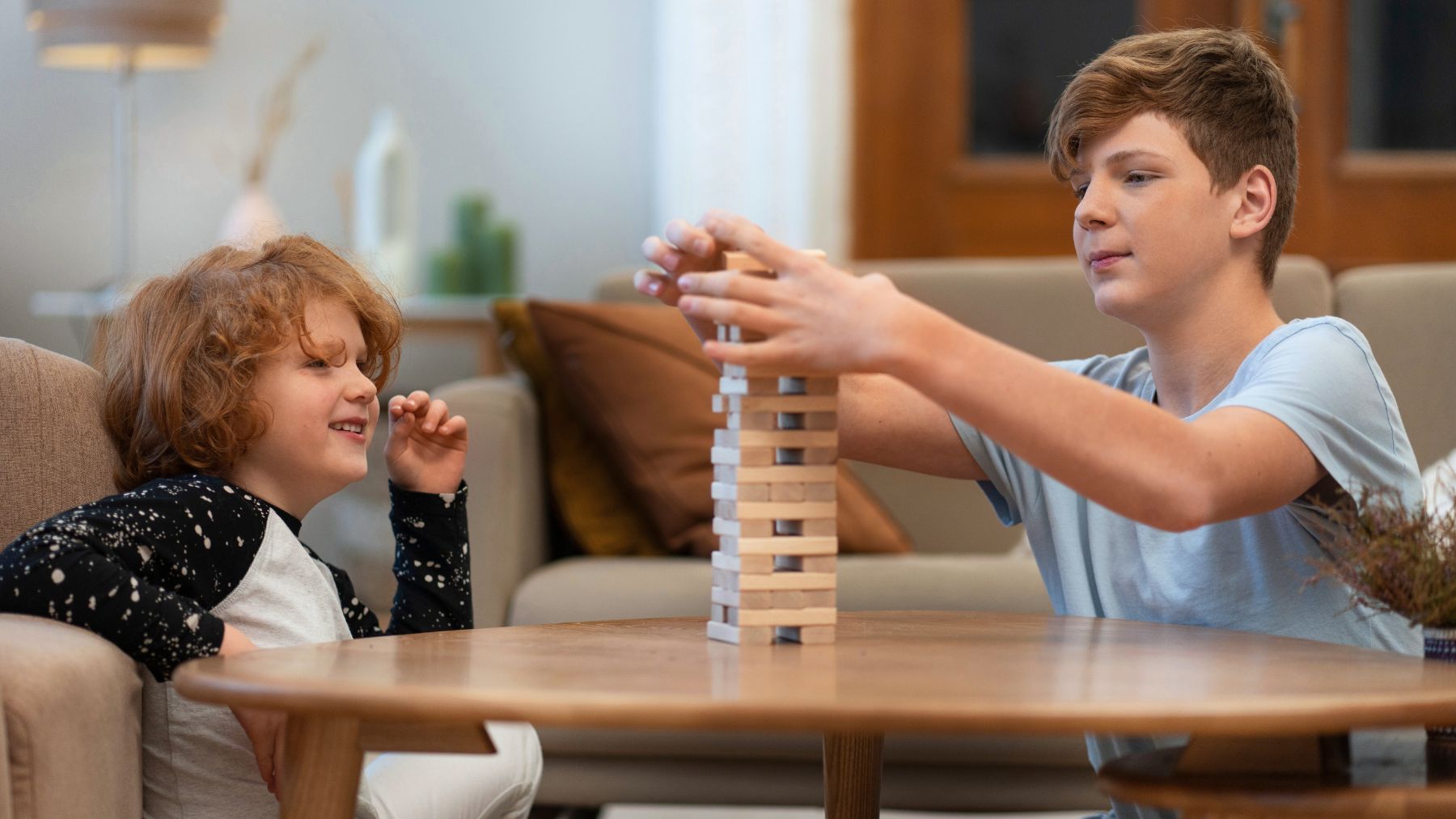Puzzles, drawing, coloring books, or even sports like volleyball are great tools for enhancing focus in children. Yet child development experts also suggest another activity: the Rubik’s Cube. This iconic twisty puzzle serves as a powerful instrument for cultivating patience, creativity, and a range of cognitive skills.
Here, we’ll explore why the Rubik’s Cube distinguishes itself as a means for improving attention and problem-solving abilities. You’ll discover how it promotes brain development and fosters emotional resilience. In addition, we’ll share practical tips to help your child begin solving it without getting frustrated.
Why kids should try the Rubik’s Cube for more patience
The Rubik’s Cube compels children to engage in three-dimensional problem solving. Every twist demands careful focus, deliberate planning, and the flexibility to adapt. In time, this engaging challenge reinforces working memory and enhances visuospatial skills, which involve visualizing objects in space. These capacities establish a crucial foundation for subjects such as mathematics, science, and the arts.
On an emotional level, the cube favors resilience. Children inevitably encounter dead ends and mistakes, compelling them to retrace their steps and try new approaches. This process nurtures patience and builds tolerance for frustration. There is also a creative aspect to the challenge: rather than simply memorizing fixed sequences, beginners are encouraged to experiment and let curiosity drive progress.
From a physical standpoint, handling the cube refines fine motor skills. The precise finger movements required to rotate its layers boost hand-eye coordination and dexterity. For children prone to fidgeting or those who struggle with stillness, the cube’s tactile appeal offers a calming outlet.
How to introduce this hobby without the overwhelm
Beginning a Rubik’s cube can appear daunting for both children and adults. The key is to break the challenge down into manageable steps that make the learning process engaging and approachable. Here are some practical strategies:
- Begin with a 2×2 cube. This simplified version features fewer pieces and a less complex design. Children can easily learn basic patterns and gradually build confidence before advancing to the classic 3×3 cube.
- Learn one stage at a time. Focus on mastering a single side initially. Digital resources, such as the Cube Solver app or YouTube tutorials, provide concise, bite-sized lessons. Refrain from inundating them with a multitude of materials at the beginning.
- Turn mistakes into lessons. If your child encounters difficulty, ask: “What happens if you try rotating the top layer?” rather than rushing to provide the solution. This transforms errors into learning moments, encouraging experimentation and critical thinking.
- Make it a team effort. Work on the cube together and share your own struggles—say “I keep mixing up these sides too”—to normalize the process of learning through trial and error.
- Celebrate small wins. Recognize every milestone, whether completing one face or aligning a row of colors. Emphasizing progress over perfection helps sustain enthusiasm and motivation.
The objective is not speed but to embrace consistent practice. Even dedicating just 10 minutes daily can yield significant benefits for kids. Over time, they internalize problem-solving strategies—such as breaking tasks into manageable steps, remaining composed under pressure, and adapting when plans don’t go as expected—that extend far beyond the cube.

